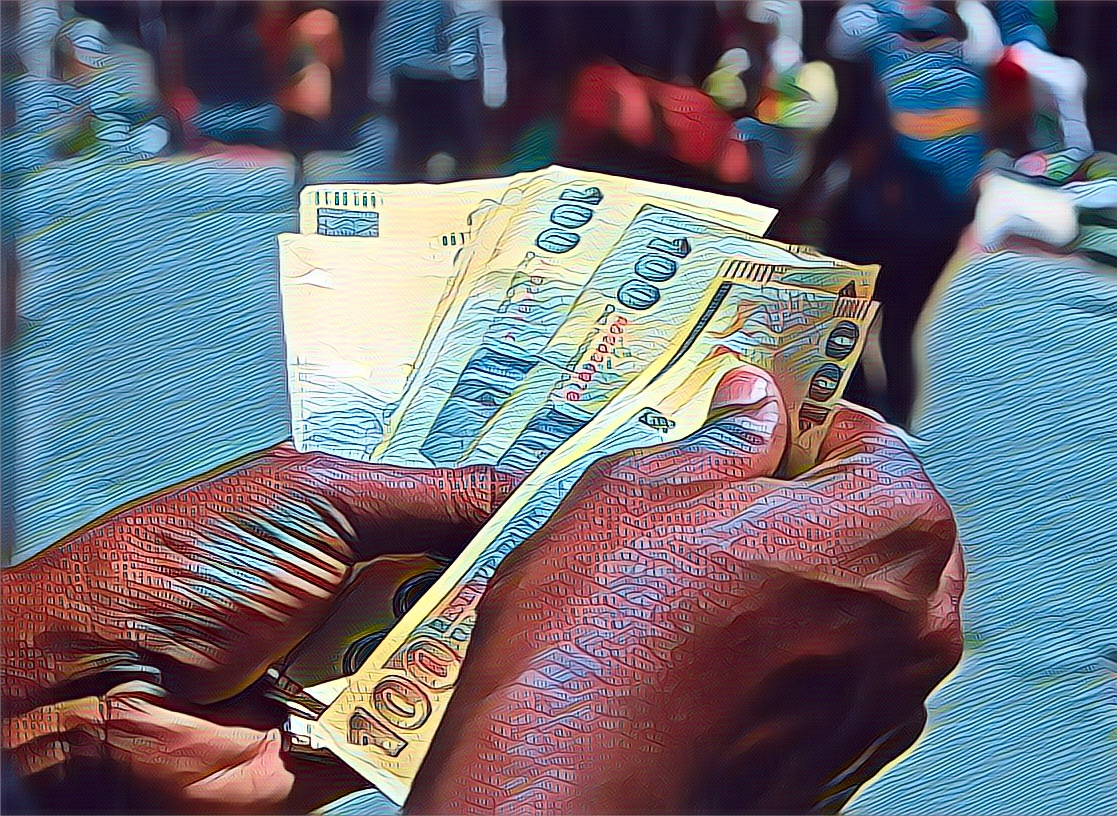Zimbabwe, often associated with hyperinflation, is witnessing a drastic fall in its currency value. The nation’s local dollar has been weakening against the US dollar every day in 2024. This has led to a significant increase in the price of everyday items, such as a loaf of bread, which has risen from Z$6,105 to Z$19,357 in just 11 weeks.
Historically, such a loss of purchasing power would prompt the central bank to intervene and halt the slide. However, this time, there has been no action. This suggests that the government is contemplating a new currency.
This would be Zimbabwe’s sixth attempt to establish a functional local currency since 2008, when inflation exceeded 231 million percent, rendering the currency worthless. Despite previous failures due to a lack of public confidence, President Emmerson Mnangagwa announced in February that his government would introduce a “structured currency”.
Finance Minister Mthuli Ncube hinted that this new currency might be backed by gold. This has led to the postponement of the monetary-policy statement, causing anxiety among investors. The lack of clarity has resulted in a “wait-and-see attitude,” according to Shelton Sibanda, chief investment officer at Harare-based brokerage Imara Asset Management.
If Zimbabwe does switch to the gold standard, it will be the only country in the world to do so. Currently, no nations back their currencies with gold or any other precious metal.
Zimbabwe’s history of excessive money printing has led its citizens to show little faith in any legal tender introduced by the government. The US dollar accounts for 80% of all economic transactions in the country. Even when people want to use it, the Zimbabwe dollar can hardly buy anything.
Despite the challenges, there is a glimmer of hope. The potential switch to a gold-backed currency could provide stability and restore public confidence. As Zimbabwe navigates these economic waters, the world watches, hopeful for a positive outcome.
Source: NewZimbabwe.com


